
Winsor Blue is made of an organic synthetic pigment, copper phthalocyanine. Alternative names are phthalo blue, monastral and intense blue. It is a deep and intense blue which approaches black in masstone and has either a red or green undertone, leading to the Red Shade and Green Shade variations. It has great tinting abilities, is transparent and completely permanent. In watercolour it has staining properties.
Winsor Blue was created in the mid 1930s, and was launched by Winsor & Newton in 1938 (Winsor Green followed a few years later). It comes from the phthalocyanine family of colours, which were first chemically synthesised in the late 1920s. Many new synthetic organic pigments were being discovered around this time, but only three were universally accepted for their artist quality in the 1950s: phthalocyanine blue, phthalocyanine green and alizarin crimson.
Winsor Blue was created to replace the capricious, less reliable Prussian blue. It has many of the same properties, including its intense richness of pigment and therefore excellent tinting abilities. It mixes very well with other colours (though one must be careful not to let it overpower) and, when thinned, can be used for glazing with great effect. It is stable, intense and insoluable except in sulphuric acids. A reliable colour, Winsor Blue or Phthalo Blue is present in most Winsor & Newton colour ranges and is an asset to any painter.









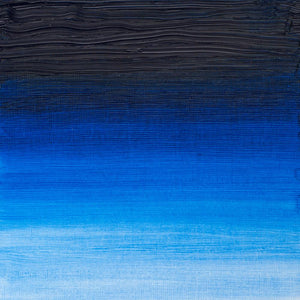
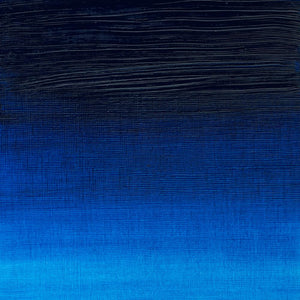
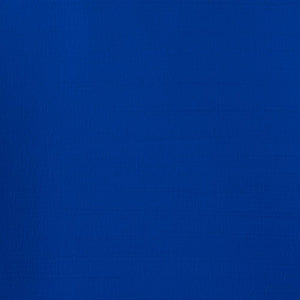
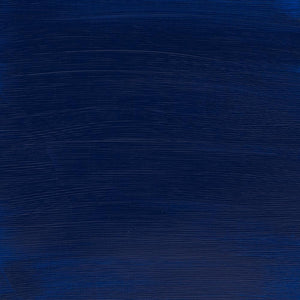
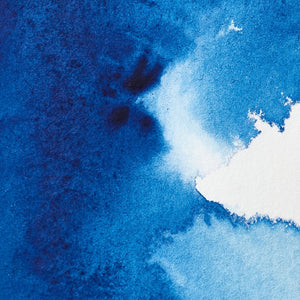
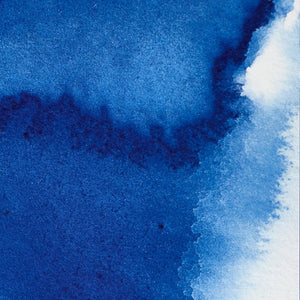
![WN PWC KAREN KLUGLEIN BOTANICAL SET [OPEN 3]](http://www.winsornewton.com/cdn/shop/files/136448.jpg?crop=center&v=1724423264&width=20)
![WN PWC KAREN KLUGLEIN BOTANICAL SET [FRONT]](http://www.winsornewton.com/cdn/shop/files/136444.jpg?crop=center&v=1724423264&width=20)
![WN PWC ESSENTIAL SET [CONTENTS 2]](http://www.winsornewton.com/cdn/shop/files/137579.jpg?crop=center&v=1724423213&width=20)
![WN PWC ESSENTIAL SET [FRONT]](http://www.winsornewton.com/cdn/shop/files/137583.jpg?crop=center&v=1724423213&width=20)
![W&N GALERIA CARDBOARD SET 10X12ML 884955097809 [OPEN]](http://www.winsornewton.com/cdn/shop/files/138856.jpg?crop=center&v=1724893209&width=20)
![W&N GALERIA CARDBOARD SET 10X12ML [B014096] 884955097809 [ANGLED]](http://www.winsornewton.com/cdn/shop/files/138863.jpg?crop=center&v=1724893209&width=20)

![W&N PROMARKER 24PC STUDENT DESIGNER 884955043295 [FRONT]](http://www.winsornewton.com/cdn/shop/files/78674_d4d78a69-7150-4bf4-a504-3cb5304b0f80.jpg?crop=center&v=1721326116&width=20)

![W&N PROFESSIONAL WATER COLOUR TYRIAN PURPLE [SWATCH]](http://www.winsornewton.com/cdn/shop/files/136113.jpg?crop=center&v=1724423390&width=20)
![W&N WINTON OIL COLOUR [COMPOSITE] 37ML TITANIUM WHITE 094376711653](http://www.winsornewton.com/cdn/shop/files/9238_5073745e-fcfe-4fad-aab4-d631b84e4491.jpg?crop=center&v=1721326117&width=20)
![W&N WINTON OIL COLOUR [SPLODGE] TITANIUM WHITE](http://www.winsornewton.com/cdn/shop/files/131754_19b392ee-9bf6-4caf-a2eb-0356ec1c660a.jpg?crop=center&v=1721326118&width=20)